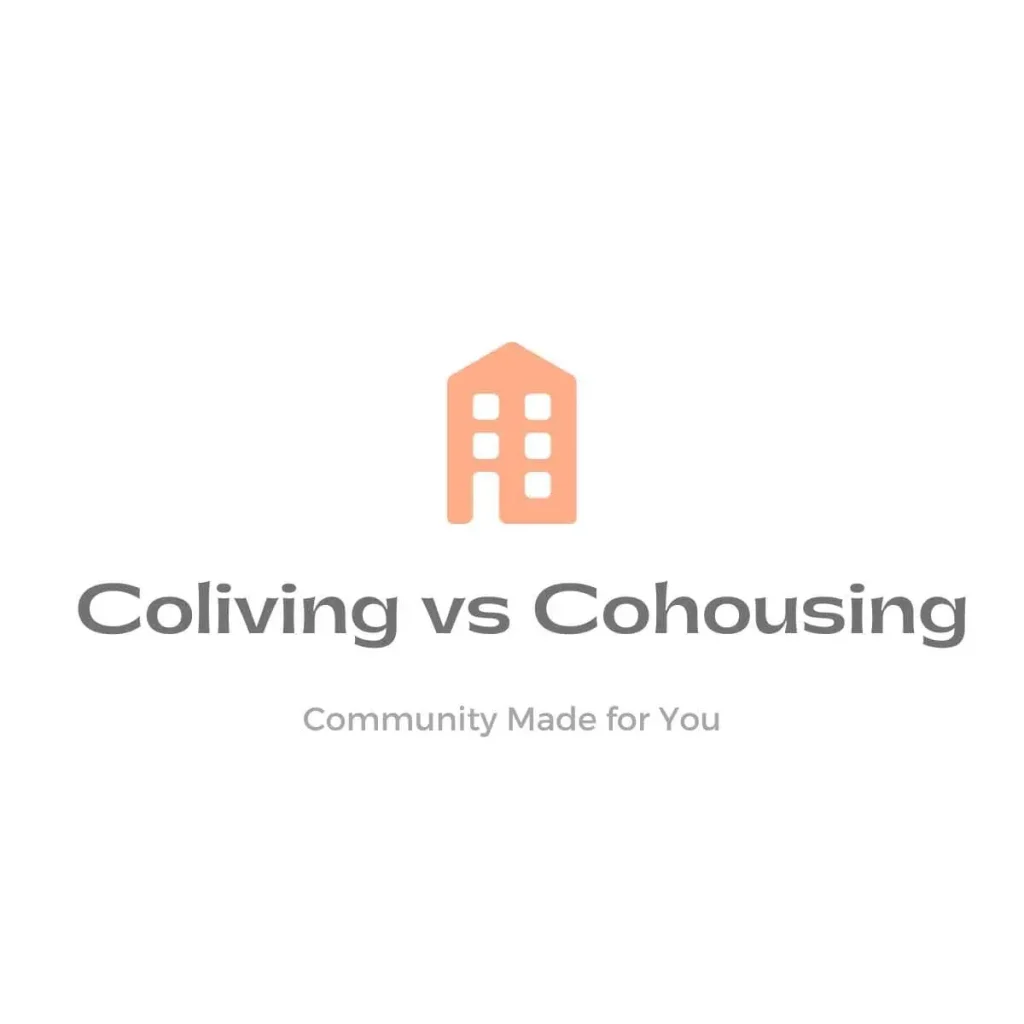Defining Coliving and Cohousing
Coliving focuses on shared living spaces where like-minded individuals cohabit in a communal setting. This involves shared residential spaces with communal areas designed to foster interaction and collaborative work. On the other hand, Cohousing is a form of cooperative housing where independent individuals or families reside in private homes within a planned community, sharing common areas and participating in collective decision-making.
Philosophies and Approaches to Community Living
Coliving is based on the premise of convenience and connectivity. People come together to share resources and experiences, seeking a community that fosters collaboration and creative exchange. Meanwhile, Cohousing emphasizes collaboration and a sense of community. Here, residents organize to share responsibilities, build meaningful relationships, and make decisions collectively, prioritizing community over the individual.
Differences in Housing Structure and Community Participation
Coliving tends to offer more flexible, short-stay accommodations, with more compact living spaces and well-equipped communal areas. Residents have the freedom to come and go easily, promoting a constant diversity. Conversely, Cohousing is built with long-term stay in mind, featuring private residences and common spaces intended for active participation and collective decision-making.
Key Aspects in Choosing Between Coliving and Cohousing
In Coliving, flexibility and immediate connection with a diverse community are fundamental aspects that attract individuals seeking a dynamic social experience. This modern approach to living often suits those pursuing a nomadic lifestyle, offering the freedom to move in and out easily. The ever-evolving diversity in these spaces fosters an environment of constant interaction and cultural exchange, catering to individuals looking for varied social connections and experiences.
Cohousing, on the other hand, appeals to individuals searching for a more deeply rooted community. Here, long-term commitment and active participation in collective decision-making define the lifestyle. Residents engage in shared responsibilities and collaborative initiatives, fostering strong bonds and a sense of belonging within the community. The emphasis on collaboration and shared values often attracts families or individuals looking for a supportive environment built on mutual trust and cooperation.
Choosing between Coliving and Cohousing ultimately hinges on individual preferences, lifestyle choices, and the desired level of community involvement. While Coliving offers a more transient and socially vibrant atmosphere, Cohousing provides a stable, long-term communal setting with a focus on collective responsibilities and shared decision-making.
Conclusion: Personal Choice in Community Living
The choice between Coliving and Cohousing largely depends on personal preferences, desired lifestyle, and individual needs. Both offer opportunities for social connection and community support but differ in structure, long-term commitment, and level of participation in decision-making. Choosing between these modern approaches to community living is a personal decision that reflects individual priorities and philosophy.

